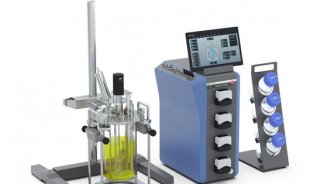Cell Cycle: G2/M Checkpoint

The G2/M DNA damage checkpoint prevents the cell from entering mitosis (M phase) if the genome is damaged. The Cdc2-cyclin B kinase is pivotal in regulating this transition. During G2 phase, Cdc2 is maintained in an inactive state by the kinases Wee1 and Mt1. As cells approach M phase, the phosphatase Cdc25 is activated, perhaps by the polo-kinase Pik1. Cdc25 then activates Cdc2, establishing a feedback amplification loop that efficiently drives the cell into mitosis. DNA damage activates the DNA-PK/ATM/ATR kinases, initiating two parallel cascades that inactivate Cdc2-cyclin B. The first cascade rapidly inhibits progression into mitosis: the CHK kinases phosphorylate and inactivate Cdc25, which can no longer activate Cdc2. The second cascade is slower. Phosphorylation of p53 dissociates it from MDM2, activating its DNA binding activity. Acetylation by p300/PCAF further activates its transcriptional activity. The genes that are turned on by p53 constitute effectors of this second cascade. They include 14-3-3s, which binds to the phosphorylated Cdc2-cyclin B kinase and exports it from the nucleus; GADD45, which apparently binds to and dissociates the Cdc2-cyclin B kinase; and p21Cip1, an inhibitor of a subset of the cyclin-dependent kinases including Cdc2 (CDK1).
Contributor: Cell Signaling Technology
REFERENCES:




















